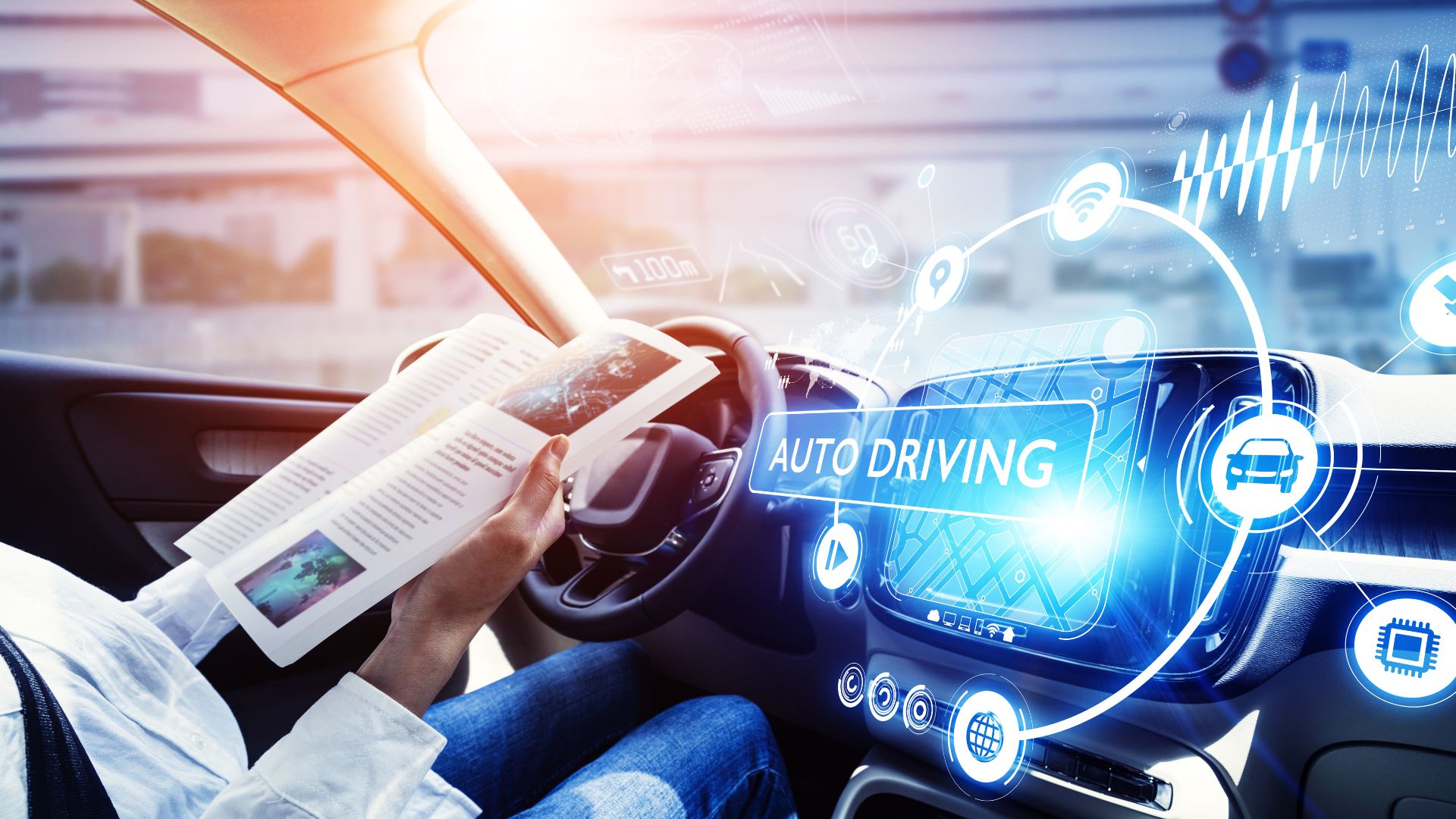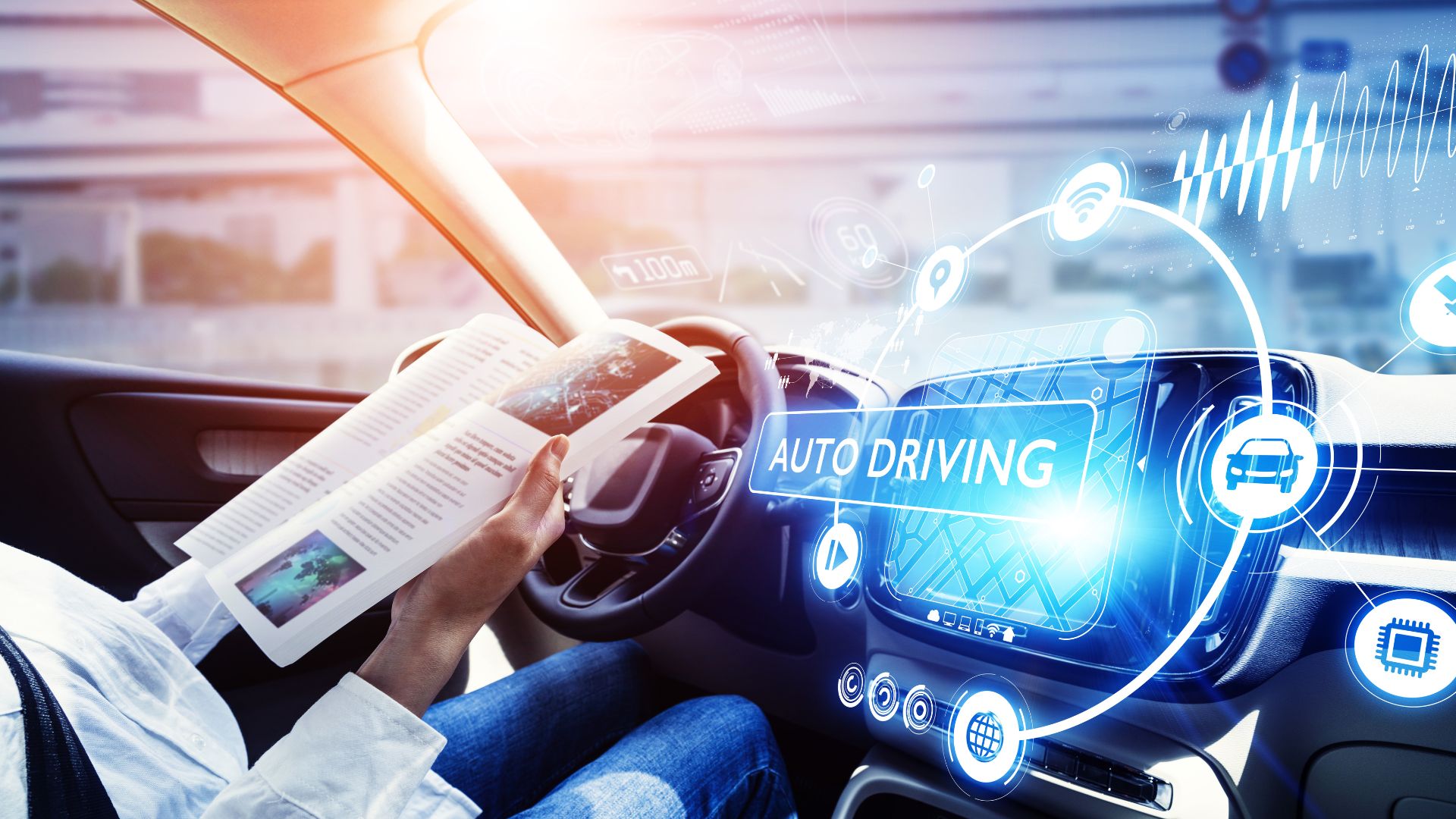How Autonomous Vehicles Are Changing Urban Mobility

Autonomous vehicles (AVs) are reshaping urban mobility by introducing safer, more efficient, and more accessible transportation solutions. As cities become more congested, the promise of self-driving technology lies in reducing traffic, lowering emissions, and improving public transit systems. Companies like Waymo, Cruise, and Tesla are leading the charge, testing AVs on city streets and refining their AI-driven decision-making systems to navigate complex urban environments.

One of the most significant impacts of AVs is on traffic flow and congestion management. Unlike human drivers, autonomous systems can communicate with one another to optimize travel routes, prevent unnecessary stops, and reduce bottlenecks. In fully autonomous cities, traffic lights and intersections could be replaced by vehicle-to-vehicle (V2V) communication, allowing for seamless navigation without delays. This could significantly reduce commute times and enhance the overall efficiency of city transportation networks.

Another major transformation is in public transportation and ride-sharing. Autonomous buses, shuttles, and taxis are being deployed in pilot programs across various cities, offering on-demand mobility services that are cheaper and more sustainable than traditional ride-hailing services. Companies like Zoox and Motional are pioneering robotaxi services, aiming to provide safe and cost-effective transportation that reduces reliance on privately owned vehicles. This shift could lead to fewer cars on the road, freeing up urban space for green areas and pedestrian-friendly infrastructure.

Despite these advantages, challenges remain, particularly regarding regulations, infrastructure, and public trust. Governments must develop legal frameworks that address safety, liability, and cybersecurity concerns before widespread AV adoption can occur. Additionally, urban infrastructure needs to be adapted to support AVs, including dedicated lanes, smart intersections, and enhanced connectivity. While full autonomy may take years to become a reality, autonomous vehicles are steadily transforming urban mobility, paving the way for a future with smarter, safer, and more efficient cities.

